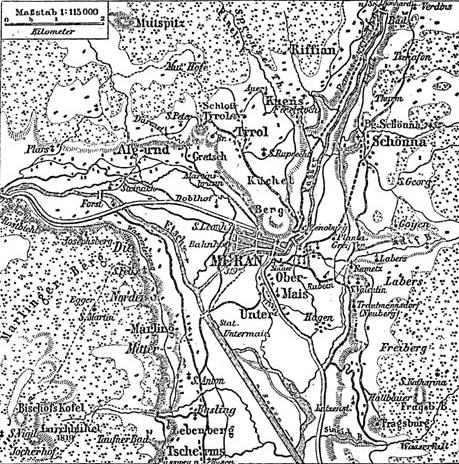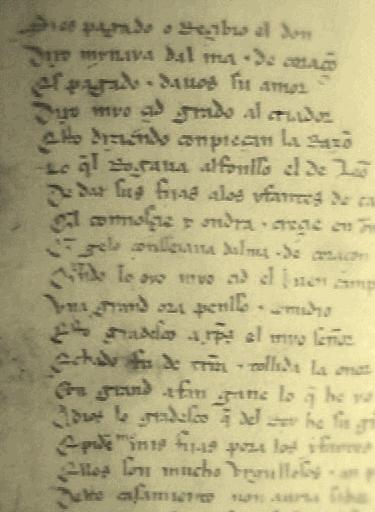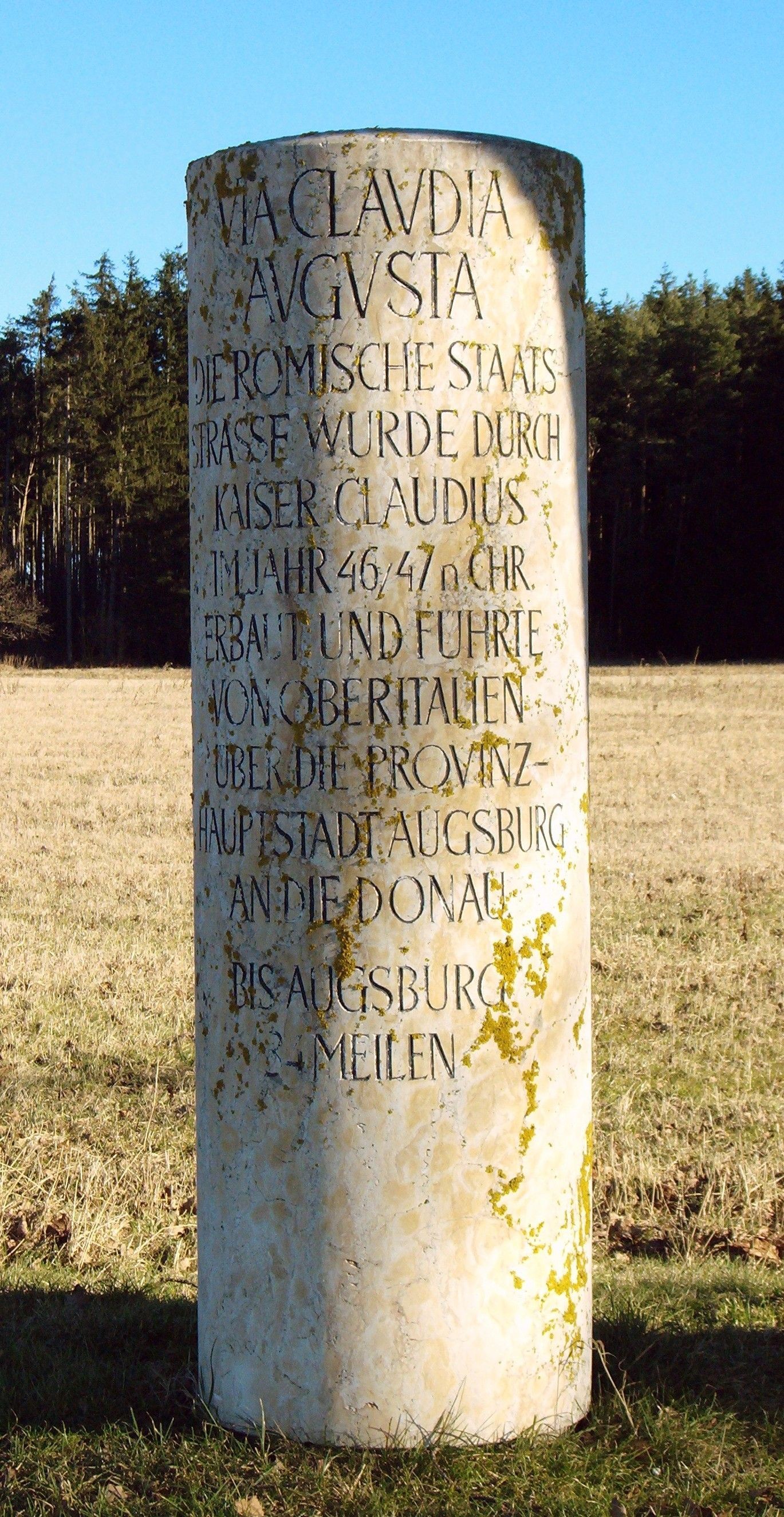|
History Of South Tyrol
Modern-day South Tyrol, an autonomous Italian province created in 1948, was part of the Austro-Hungarian County of Tyrol until 1918 (then known as ''Deutschsüdtirol'' and occasionally ''Mitteltirol''). It was annexed by Italy following the defeat of the Central Powers in World War I. It has been part of a cross-border joint entity, the Euroregion Tyrol-South Tyrol-Trentino, since 2001. Before the 19th century Antiquity In 15 BC the region was conquered by the Roman commanders Drusus and Tiberius, and its northern and eastern parts were incorporated into the provinces of Raetia and Noricum respectively, while the southern part including the lower Adige and Eisack valleys around the modern-day city of Bolzano up to present-day Merano and Waidbruck (''Sublavio'') became part of Roman Italy (''Italia''), Regio X ''Venetia et Histria''. The mountainous area then mainly was a transit country along Roman roads crossing the Eastern Alps like the Via Claudia Augusta, settled by ... [...More Info...] [...Related Items...] OR: [Wikipedia] [Google] [Baidu] |
Merano
Merano (, , ) or Meran () is a city and ''comune'' in South Tyrol, northern Italy. Generally best known for its spa resorts, it is located within a basin, surrounded by mountains standing up to above sea level, at the entrance to the Passeier Valley and the Vinschgau. In the past, the city has been a popular place of residence for several scientists, literary people, and artists, including Franz Kafka, Ezra Pound, Paul Lazarsfeld, and also Empress Elisabeth of Austria, who appreciated its mild climate. Name Both the Italian () and the German () names for the city are used in English. The Ladin form of the name is . The official name of the municipality (''comune'') is ''Comune di Merano'' in Italian and ''Stadtgemeinde Meran'' in German (both are in official use). History In 17th-century Latin, the city was called ''Meranum''. Other archaic names are ''Mairania'' (from 857 AD) and ''an der Meran'' (from the 15th century). Origin The area has been inhabited since the third ... [...More Info...] [...Related Items...] OR: [Wikipedia] [Google] [Baidu] |
Vinschgau
The Vinschgau, Vintschgau () or Vinschgau Valley ( it, Val Venosta ; rm, Vnuost ; lld, Val Venuesta; medieval toponym: ''Finsgowe'') is the upper part of the Adige or Etsch river valley, in the western part of the province of South Tyrol, Italy. Etymology The German name ''Vinschgau'', like Italian ''Val Venosta'', is derived from the Celtic (Rhaetian) Venostes tribes mentioned on the ancient Tropaeum Alpium. A Frankish '' Gau'' was established under Charlemagne in 772; it was first mentioned in a 1077 deed, when King Henry IV of Germany granted the estates of Schlanders ''in pago Finsgowe'' to Bishop Altwin of Brixen. Geography The Vinschgau ValleyAllgemeiner historischer Handatlas, Gustav Droysen runs in a west-east orientation, from the Merano basin at Partschins up the Adige river to Reschen Pass in the northwest. The Ötztal Alps in the north, part of the Alpine crest, separate it from the upper Inn Valley. The Adige valley is further confined by the Sesvenna Alps in the ... [...More Info...] [...Related Items...] OR: [Wikipedia] [Google] [Baidu] |
Ostrogothic Kingdom
The Ostrogothic Kingdom, officially the Kingdom of Italy (), existed under the control of the Germanic peoples, Germanic Ostrogoths in Italian peninsula, Italy and neighbouring areas from 493 to 553. In Italy, the Ostrogoths led by Theodoric the Great killed and replaced Odoacer, a Germanic soldier, erstwhile-leader of the ''foederati'' in Northern Italy, and the ''de facto'' Kingdom of Odoacer, ruler of Italy, who had deposed the last emperor of the Western Roman Empire, Romulus Augustulus, in 476. Under Theodoric, its first king, the Ostrogothic kingdom reached its zenith, stretching from modern southern France in the west to the modern western Serbia in the southeast. Most of the social institutions of the late Western Roman Empire were preserved during his rule. Theodoric called himself ''Gothorum Romanorumque rex'' ("King of the Goths and Romans"), demonstrating his desire to be a leader for both peoples. Starting in 535, the Byzantine Empire invaded Italy under Justinian I. ... [...More Info...] [...Related Items...] OR: [Wikipedia] [Google] [Baidu] |
Goths
The Goths ( got, 𐌲𐌿𐍄𐌸𐌹𐌿𐌳𐌰, translit=''Gutþiuda''; la, Gothi, grc-gre, Γότθοι, Gótthoi) were a Germanic people who played a major role in the fall of the Western Roman Empire and the emergence of medieval Europe. In his book '' Getica'' (c. 551), the historian Jordanes writes that the Goths originated in southern Scandinavia, but the accuracy of this account is unclear. A people called the ''Gutones''possibly early Gothsare documented living near the lower Vistula River in the 1st century, where they are associated with the archaeological Wielbark culture. From the 2nd century, the Wielbark culture expanded southwards towards the Black Sea in what has been associated with Gothic migration, and by the late 3rd century it contributed to the formation of the Chernyakhov culture. By the 4th century at the latest, several Gothic groups were distinguishable, among whom the Thervingi and Greuthungi were the most powerful. During this time, Wulfila bega ... [...More Info...] [...Related Items...] OR: [Wikipedia] [Google] [Baidu] |
Ladin Language
Ladin (, also ; autonym: , it, ladino; german: Ladinisch) is a Romance language of the Rhaeto-Romance subgroup, mainly spoken in the Dolomite Mountains in Northern Italy in the provinces of South Tyrol, Trentino, and Belluno, by the Ladin people. It exhibits similarities to Swiss Romansh and Friulian. The precise extension of the Ladin language area is a subject of scholarly debate. A more narrow perspective includes only the dialects of the valleys around the Sella group, while wider definitions comprise the dialects of adjacent valleys in the Province of Belluno and even dialects spoken in the northwestern Trentino. A standard variety of Ladin () has been developed by the Office for Ladin Language Planning as a common communication tool across the whole Ladin-speaking region. Geographic distribution Ladin is recognized as a minority language in 54 Italian municipalities belonging to the provinces of South Tyrol, Trentino and Belluno. It is not possible to asses ... [...More Info...] [...Related Items...] OR: [Wikipedia] [Google] [Baidu] |
Vulgar Latin
Vulgar Latin, also known as Popular or Colloquial Latin, is the range of non-formal Register (sociolinguistics), registers of Latin spoken from the Crisis of the Roman Republic, Late Roman Republic onward. Through time, Vulgar Latin would evolve into numerous Romance languages. Its Literary Latin, literary counterpart was a form of either Classical Latin or Late Latin, depending on the time period. Origin of the term During the Classical antiquity, Classical period, Roman authors referred to the informal, everyday variety of their own language as ''sermo plebeius'' or ''sermo vulgaris'', meaning "common speech". The modern usage of the term Vulgar Latin dates to the Renaissance, when Italians, Italian thinkers began to theorize that Italian language, their own language originated in a sort of "corrupted" Latin that they assumed formed an entity distinct from the literary Classical Latin, Classical variety, though opinions differed greatly on the nature of this "vulgar" dialect ... [...More Info...] [...Related Items...] OR: [Wikipedia] [Google] [Baidu] |
Raeti
The Raeti (spelling variants: ''Rhaeti'', ''Rheti'' or ''Rhaetii'') were a confederation of Alpine tribes, whose language and culture was related to those of the Etruscans. Before the Roman conquest, they inhabited present-day Tyrol in Austria, eastern Switzerland and the Alpine regions of northeastern Italy. After the Roman conquest, the province of Raetia was formed, which included parts of present-day Germany south of the Danube. The etymology of the name ''Raeti'' is uncertain. The Roman province of Raetia was named after these people. Ancient sources characterise the Raeti as Etruscan people who were displaced from the Po valley by the Gauls and took refuge in the valleys of the Alps. But it is likely that they were predominantly indigenous Alpine people. Their language, the so-called Raetian language, was probably related to Etruscan, but may not have derived from it. At least some of the Raeti tribes (those in northeastern Italy) probably continued to speak the Raetian la ... [...More Info...] [...Related Items...] OR: [Wikipedia] [Google] [Baidu] |
Illyrians
The Illyrians ( grc, Ἰλλυριοί, ''Illyrioi''; la, Illyrii) were a group of Indo-European languages, Indo-European-speaking peoples who inhabited the western Balkan Peninsula in ancient times. They constituted one of the three main Paleo-Balkan languages, Paleo-Balkan populations, along with the Thracians and Ancient Greece, Greeks. The territory the Illyrians inhabited came to be known as Illyria to later Greek and Roman Republic, Roman authors, who identified a territory that corresponds to most of Albania, Montenegro, Kosovo, much of Croatia and Bosnia and Herzegovina, western and central Serbia and some parts of Slovenia between the Adriatic Sea in the west, the Drava river in the north, the Great Morava, Morava river in the east and in the south the Aous (modern Vjosa) river or possibly the Ceraunian Mountains. The first account of Illyrian peoples dates back to the 6th century BC, in the works of the ancient Greek writer Hecataeus of Miletus. The name "Illyrians", ... [...More Info...] [...Related Items...] OR: [Wikipedia] [Google] [Baidu] |
Via Claudia Augusta
The Via Claudia Augusta is an ancient Roman road, which linked the valley of the Po River with Rhaetia (encompassing parts of modern Eastern Switzerland, Northern Italy, Western Austria, Southern Germany and all of Liechtenstein) across the Alps. The route still exists, and since the 1990s increased interest in long-distance hiking and cycling have made the German and Austrian stretches of the Via Claudia Augusta popular among tourists, with the result that modern signage (''illustration'') identifies the revitalised track. Since 2007, the ''Giontech Archeological Site'', in Mezzocorona/Kronmetz (Italy) serves as the Via Claudia Augusta International Research Center with the support of the ''Foundation Piana Rotaliana'' and the Government of the City of Mezzocorona/Kronmetz. History In 15 BC, the Roman general Nero Claudius Drusus, the stepson of Augustus, got orders from his stepfather to improve the passage through the Alps for military purposes and to increase Roman control ... [...More Info...] [...Related Items...] OR: [Wikipedia] [Google] [Baidu] |
Eastern Alps
Eastern Alps is the name given to the eastern half of the Alps, usually defined as the area east of a line from Lake Constance and the Alpine Rhine valley up to the Splügen Pass at the Alpine divide and down the Liro River to Lake Como in the south. The peaks and mountain passes are lower than the Western Alps, while the range itself is broader and less arched. Geography Overview The Eastern Alps include the eastern parts of Switzerland (mainly Graubünden), all of Liechtenstein, and most of Austria from Vorarlberg to the east, as well as parts of extreme Southern Germany (Upper Bavaria), northwestern Italy (Lombardy), northeastern Italy (Trentino-Alto Adige/Südtirol, Veneto and Friuli-Venezia Giulia) and a good portion of northern Slovenia (Upper Carniola and Lower Styria). In the south the range is bound by the Italian Padan Plain; in the north the valley of the Danube River separates it from the Bohemian Massif. The easternmost spur is formed by the Vienna Woods range, wi ... [...More Info...] [...Related Items...] OR: [Wikipedia] [Google] [Baidu] |
Roman Roads
Roman roads ( la, viae Romanae ; singular: ; meaning "Roman way") were physical infrastructure vital to the maintenance and development of the Roman state, and were built from about 300 BC through the expansion and consolidation of the Roman Republic and the Roman Empire. They provided efficient means for the overland movement of armies, officials, civilians, inland carriage of official communications, and trade goods. Roman roads were of several kinds, ranging from small local roads to broad, long-distance highways built to connect cities, major towns and military bases. These major roads were often stone-paved and metaled, cambered for drainage, and were flanked by footpaths, bridleways and drainage ditches. They were laid along accurately surveyed courses, and some were cut through hills, or conducted over rivers and ravines on bridgework. Sections could be supported over marshy ground on rafted or piled foundations.Corbishley, Mike: "The Roman World", page 50. Warwick Press, ... [...More Info...] [...Related Items...] OR: [Wikipedia] [Google] [Baidu] |



24.jpg)
.jpg)






